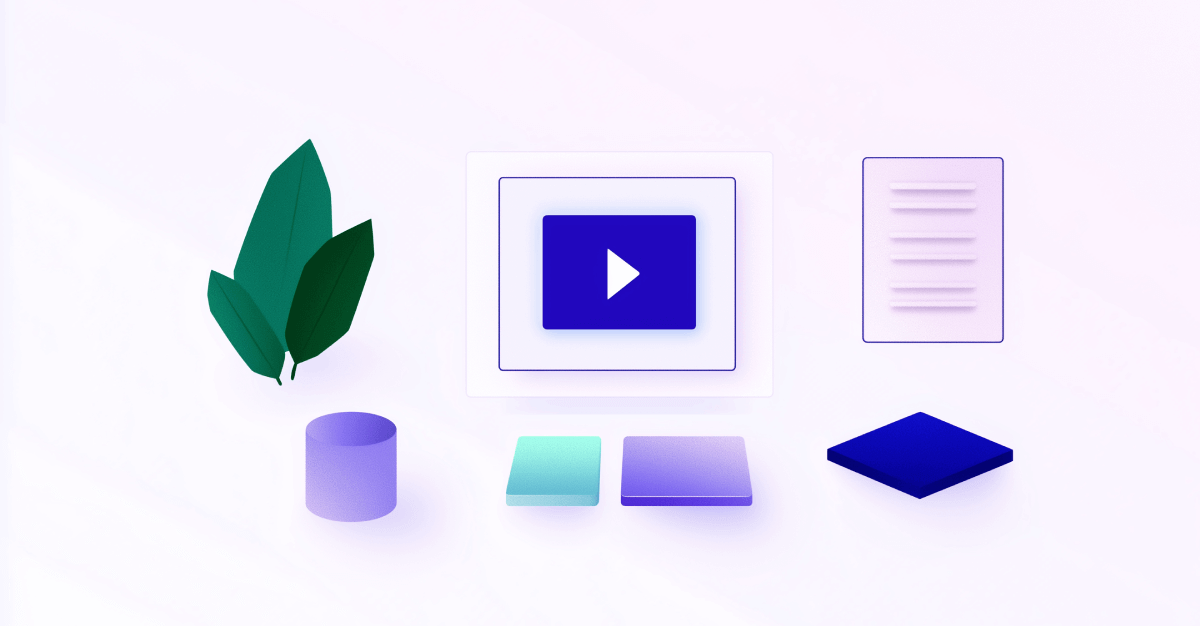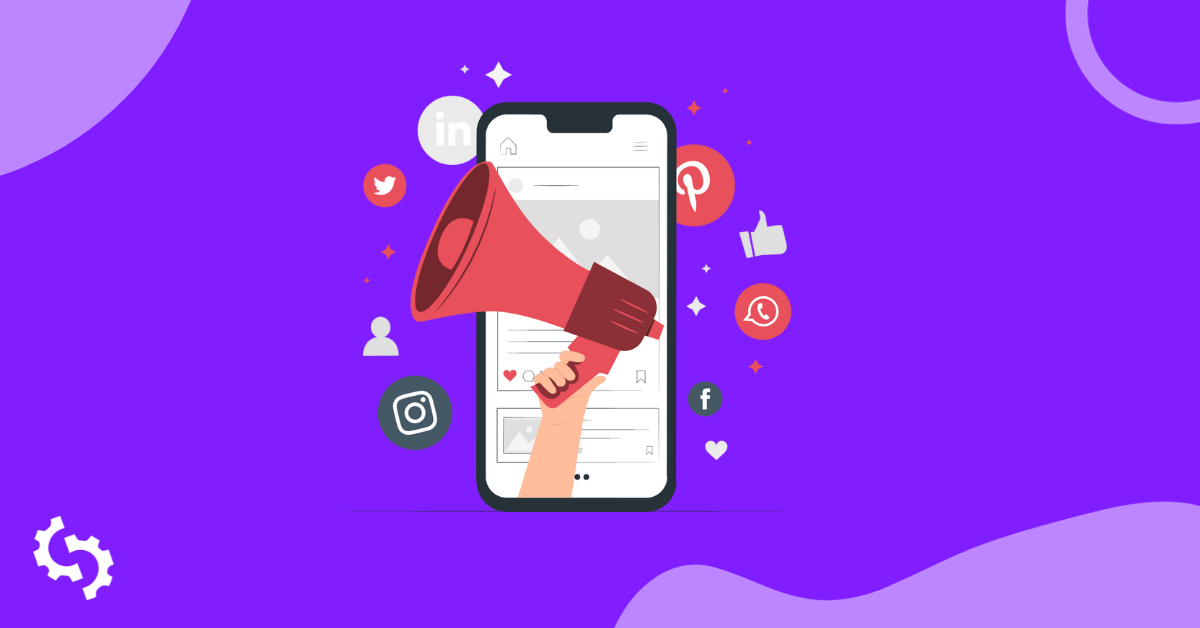
As the old saying goes, "a picture is worth a thousand backlinks."
Or something like that.
There's no question about the value that visual content brings to the table, whether it's in a catalog, newspaper or website.
As the statistics consistently show, visuals are powerful SEO tools. They lead to better recall and engagement from your audience. More backlinks. More social shares. Plus, more eyeballs on your content in general.
If you're not using visuals to beef up your content strategy, it's high time that you do!
However, the power of visual content also depends on how much you promote and market it.
Pinterest is one of the more effective platforms that allow you to share visuals.
By creating compelling visual content and uploading it on Pinterest, not only will you be able to get more ROI from your content but also generate more Pinterest backlinks pointing to your site!
In this post, learn the exact process of how you can generate more Pinterest backlinks by so you can drive more shares to your images and infographics as well as increase your organic search rankings.
How valuable are Pinterest backlinks?
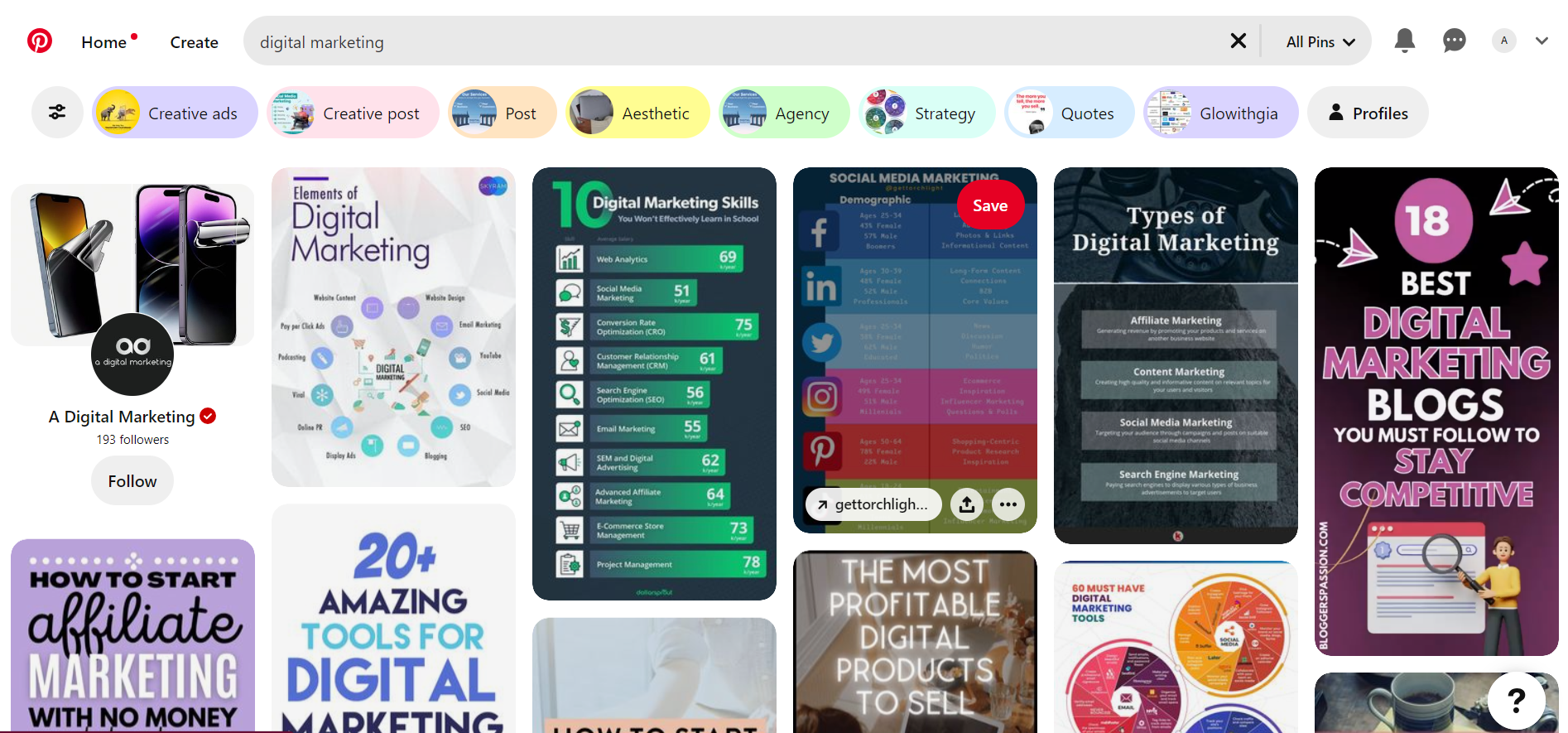
Pinterest backlinks can have an indelible impact on your site's SEO, but it's probably not what you think.
Technically, backlinks help increase your site's authority by letting the link juice of sites where you have backlinks flow to your pages. So, if Google links to your website (hypothetically speaking, of course), then you can expect to siphon some of Google's authority back to yours.
The more links you get from high-quality sites, the better your site's authority will become. Once you have developed enough links from great sites, you can expect to rank on Google for your target keywords in no time!
It is also critical that the links you build are dofollow. This link descriptor enables the link juice to pass from one site to the other. If the link is nofollow, then the link juice won't follow back to your site. As a result, your site's authority won't increase regardless of how high-quality the site where you got the link from is.
However, similar to most social media backlinks like Twitter and Facebook, Pinterest backlinks are nofollow—the links don't let link juice flow from its site to yours. Therefore, the links you'll build on Pinterest have no bearing on SERPs.
So, what kind of value do Pinterest backlinks bring then?
Their value lies in referral traffic. If users flock your pins and click on the source where the image is embedded, then you can drive more traffic and views to your site by sheer association.
According to CognitiveSEO, there is a correlation between high traffic and better SEO performance. The more traffic you can generate from sites like Pinterest, the more likely you'll be able to increase your organic search position.
So, don't sleep on Pinterest backlinks!
If you can find a way to make the most out of your visual content on Pinterest, now's the time!
The site is still very popular and knocking similar image-based boards out of the water (what's a Tumblr?). The people there are looking for ideas, inspiration and valuable things to spend money on.
Plus, making use of Pinterest can be as easy as just creating an account, syncing it up with a free social media scheduling tool like Buffer and scheduling Pins each week along with the rest of your social media posts. This could mean you're investing only one extra click per week for potentially huge gains.
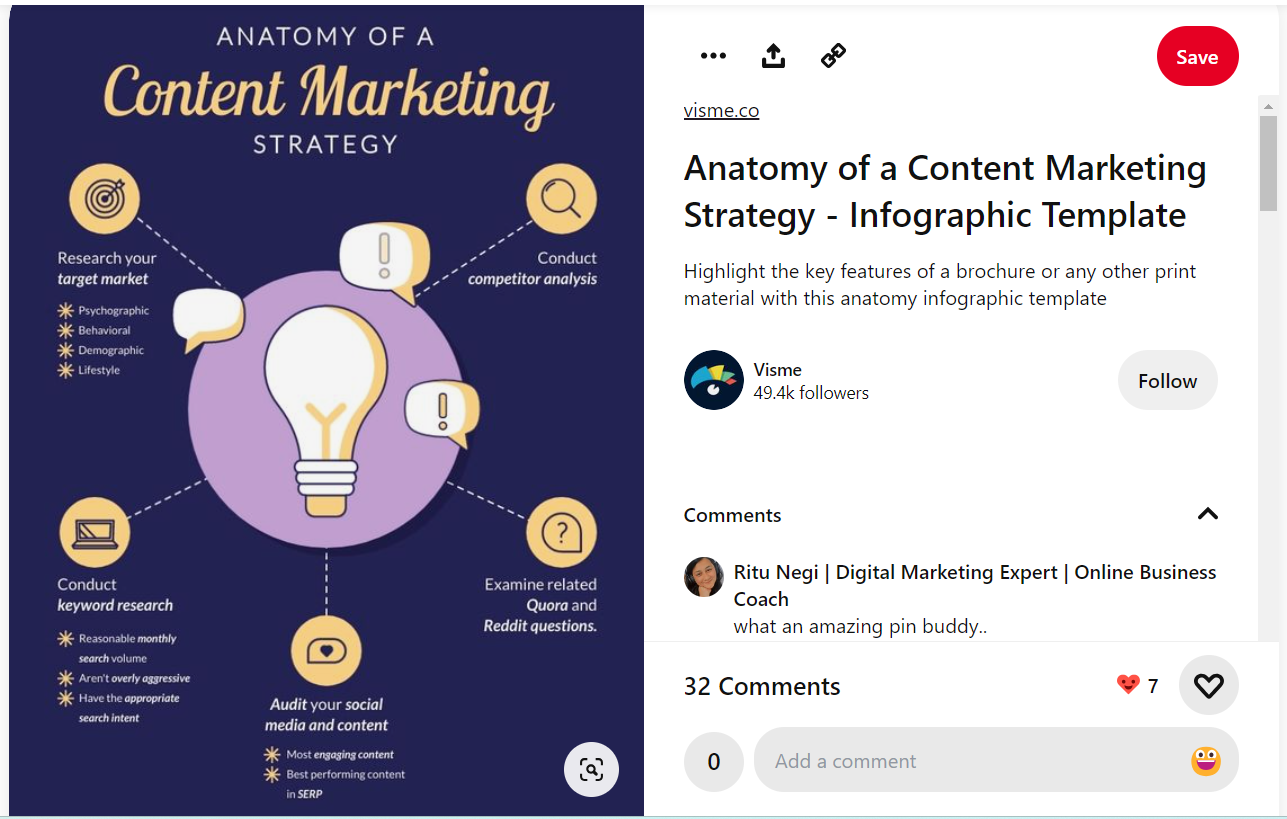
There's a strategy behind acquiring Pinterest backlinks. You can't just upload any image on Pinterest from your site and expect an outpour of backlinks. To make the most out of your efforts in generating links to your website from this social media platform, below are steps you need to take.
1. Create beautiful, stunning content
As mentioned above, you need to put effort into creating your visual content. It's not enough to download high-resolution stock photos because they won't help make your site stand out.
Worse, there might be other site owners who do the same, in which case you'll end up having the same images on Pinterest.
By designing a beautiful image from scratch, you can customize it to achieve the look and feel that match your brand.
Before creating stunning visual content, you need to know the different types of images that you can create for your site pages.
Featured image
When you share your post on social media, the feature image usually appears alongside the page description. Ideally, your feature image should include the logo and the title of the page.
You need to break the monotony of text in your blog posts by introducing images in between. Aside from stock photos, you can turn key points in your articles into image quotes.
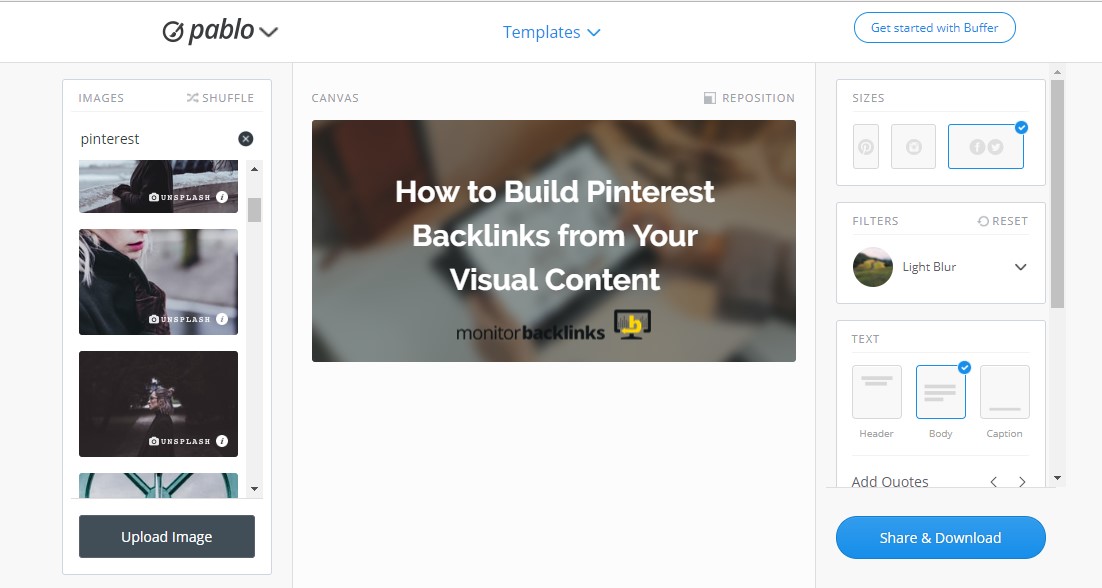
The easiest way to create feature images and quotes for your site pages is by using Pablo. Choose the best image out of 600,000 free stock photos, type the title of your page and you're good to go!
Usually, feature images are wider than it is tall, which makes it perfect for sharing on Facebook and Twitter. However, according to Pinterest themselves, the images should have a 2:3 ratio for maximum effect. Therefore, you need to resize the created images accordingly before uploading them to Pinterest.
Infographics
Arguably the best type of visual content, infographics are chock-full of information about a specific topic presented in a compelling manner. The best infographics are professionally-made and use different designs elements like graphs and tables to communicate its idea.
The image size for infographics shouldn't be an issue because all of them are in portrait size. On the other hand, designing an infographic requires you to have basic design knowledge and understanding at the very least.
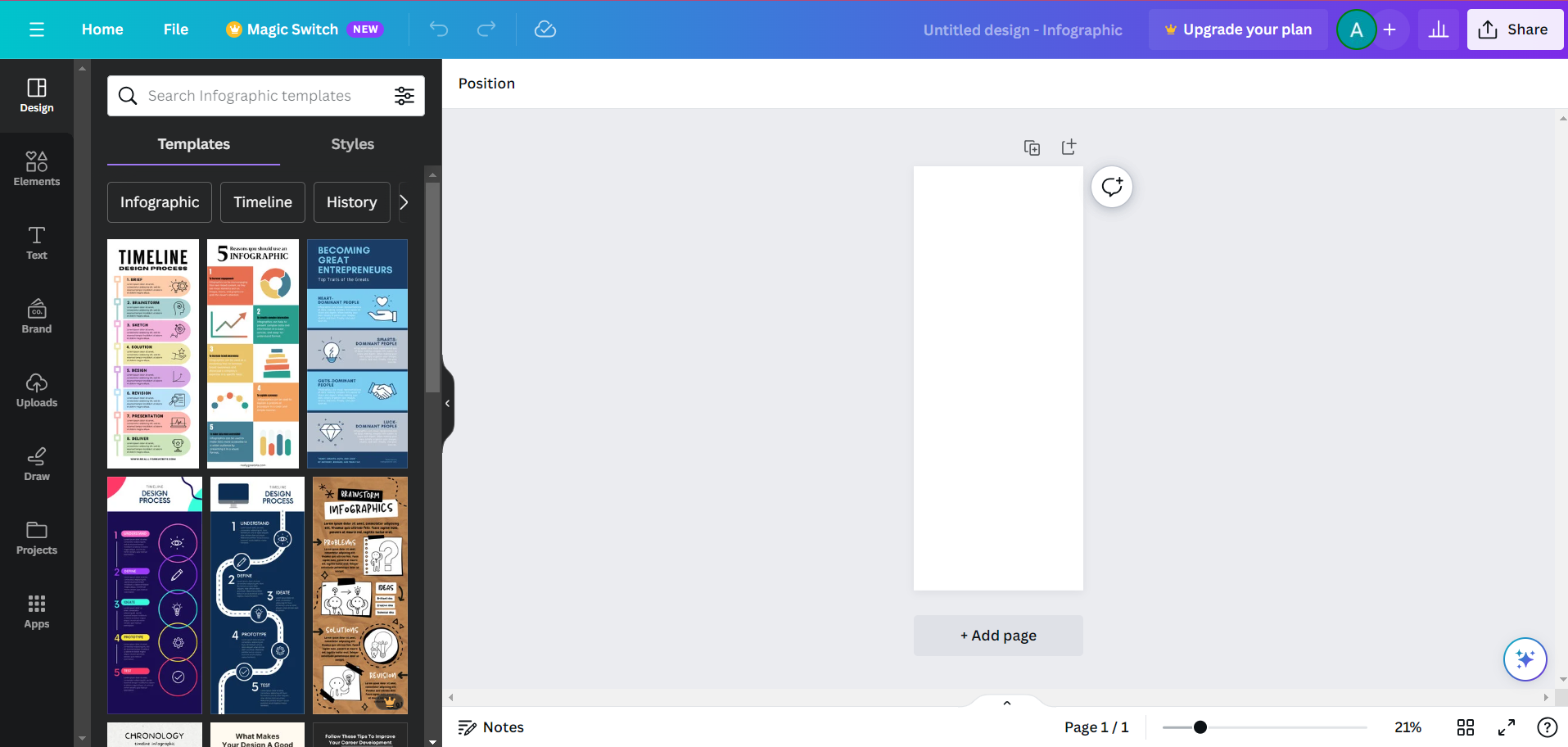
Using tools like Canva and Visme affords you a chance to create an infographic using their pre-made templates. However, if you're not confident with your design skills, you can request a professional design make one for you.
2. Upload it to your site first
Once you have your images ready, make sure to include them on your respective site pages. The purpose is to immediately associate your visual content to a page on your site.
Therefore, whenever someone shares your images online, you can claim ownership of them and ask them to attribute the image back to your site. We will discuss this process as we go deeper into tracking your Pinterest backlinks.
3. Create a Pinterest account and some boards, then start pinning
If you have a Pinterest account, you need to create a board that caters to a topic that you usually publish on your blog or site. You can break down your site's topic into subtopics and create boards for each.

For best results, include the target keyword of your subtopics on the board's title and description. Search spiders can index Pinterest boards. Once any of your boards start ranking on top of organic search results, you can potentially increase referral traffic to your pins.
Once you have created the board, it's time to pin the image to it. There are two ways you can do this: upload the image straight to Pinterest or enter the URL where your image can be found.
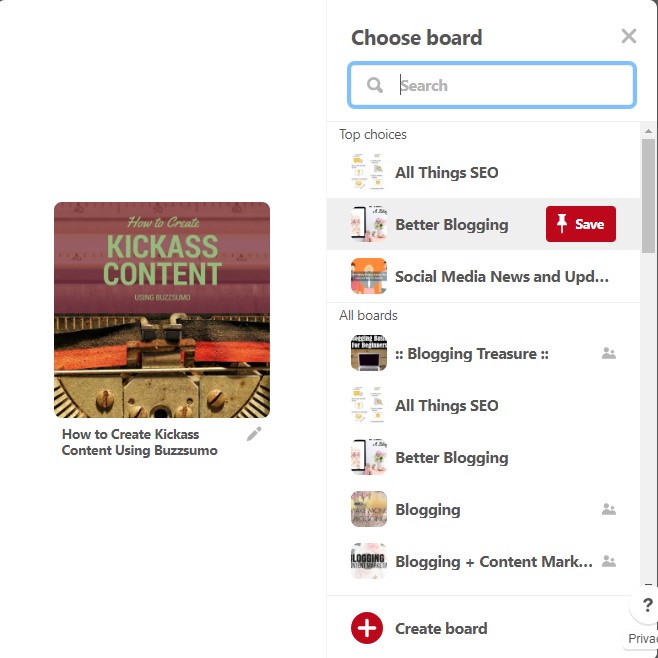
The latter method is ideal because it automatically includes the URL and the image description to the pin. All you need to do is select the board where you want to pin your image.
4. Pin it on group boards
Unless you already have hundreds and thousands of Pinterest followers, pinning your site's visual content exclusively to your boards won't be enough. The idea is to broadcast your images and infographics to as many people as possible.
Therefore, you need to post it on existing group boards with lots of followers.
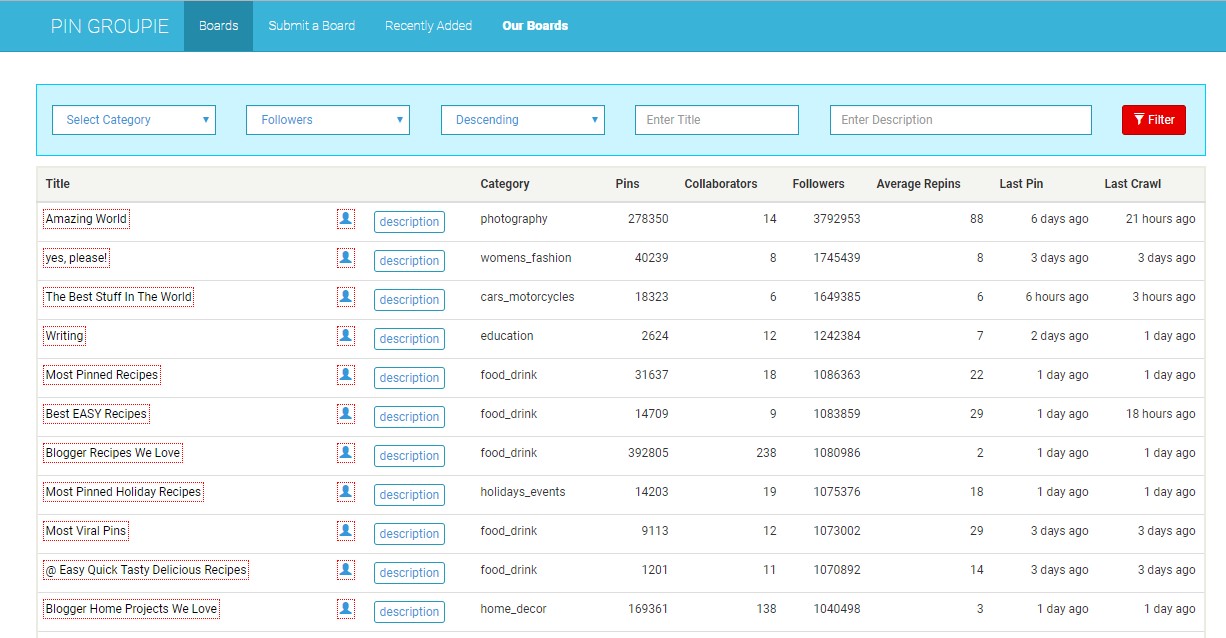
To do this, head on to PinGroupie and find the most relevant boards related to your topic. Filter the results according to category, followers, title, and description. Join as many boards as possible so you can pin your content there.
To maximize your efforts, target active boards with lots of followers.
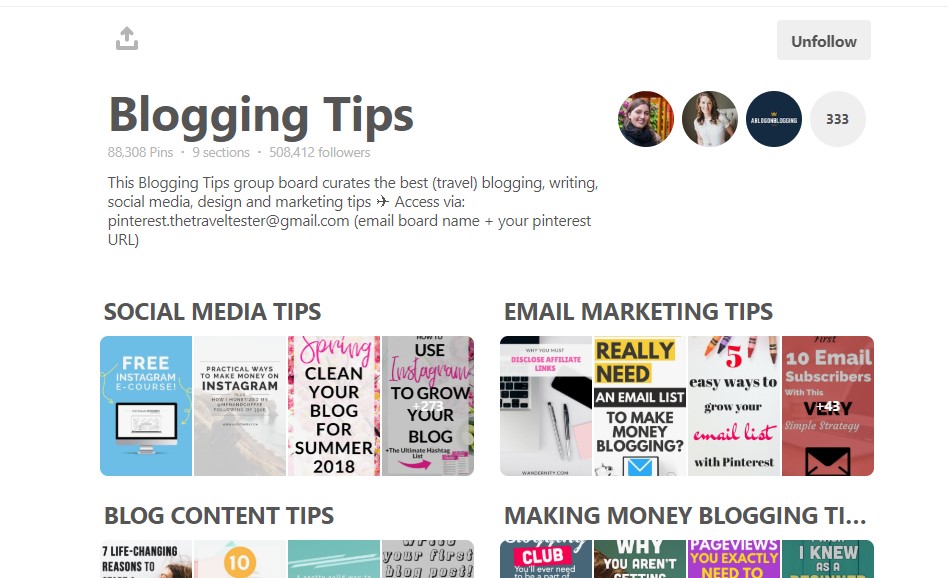
However, not all boards found on PinGroupie are accepting at the moment. You need to visit each board one by one see read its description to see if they're accepting new contributions. If yes, then you will see the directions on how you can join the board. If not, you need to move on and find another board instead.
5. Reach out for more repins
Once you're pinning the images on different boards, you're essentially creating Pinterest backlinks! The next thing you need to do now is to get more people to pin your images on their boards to increase your backlinks.
Below are ideas on how you can encourage more people to repin your images:
- Make it easier for visitors to your site to pin your images on Pinterest. Use a tool like Sumo or Social Warfare to enable image pinning on Pinterest more convenient by simply hovering your cursor on the image
- Include a CTA at the bottom of the page asking readers to pin the images.
- Share the pin on your other social platforms (Facebook, Twitter, Google+, LinkedIn)
- Share the pin directly Pinterest users you're connected with
- Feature the images on other relevant pages of your site
- Send an email to your subscribers about your site page and ask them to repin its images
The tips above should help increase the online reach of your images, thus increasing their chances of getting repinned. However, the ability of your image to generate more Pinterest backlinks depends on its quality.
If the images aren't performing as expected, you can brainstorm, edit and improve their quality.
Final thoughts on Pinterest for SEO
Pinterest backlinks may feel like small potatoes in the vast world of SEO and social media marketing, but due to the sharable nature of Pinterest posts, you might be surprised by the power they hold.
They can have an important role in your SEO strategy, especially if you're already putting a lot of work into your featured images, infographics and other visual content. Your audience might already be spending lots of time on Pinterest, too. All it takes it one more social media account to really maximize the powers of those visuals.
Sure, the backlinks you'll score don't offer the same effects of a dofollow link from an authoritative site. That's the nature of all social media traffic. However, social media signals do have some bearing on your social media, and widely-shared links can help boost referral traffic in the short-term.
Therefore, it's highly recommended to follow the tips in this post and give Pinterest a try. You've got nothing to lose! See how much engagement you get after a couple of months and make an informed decision from firsthand experience.




